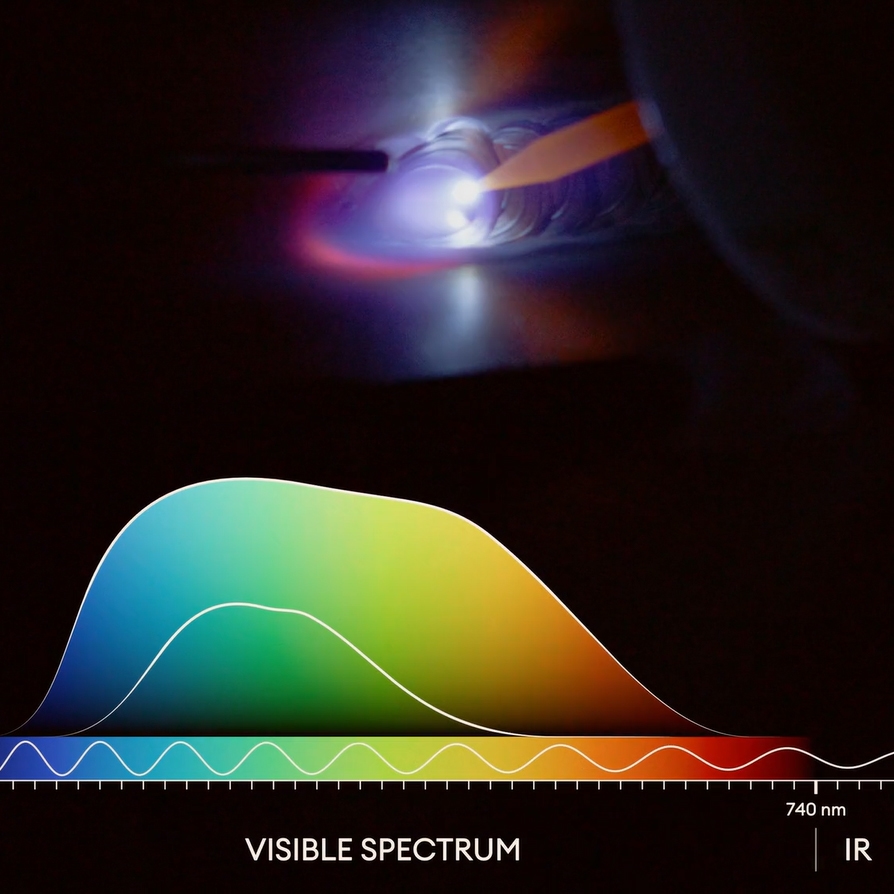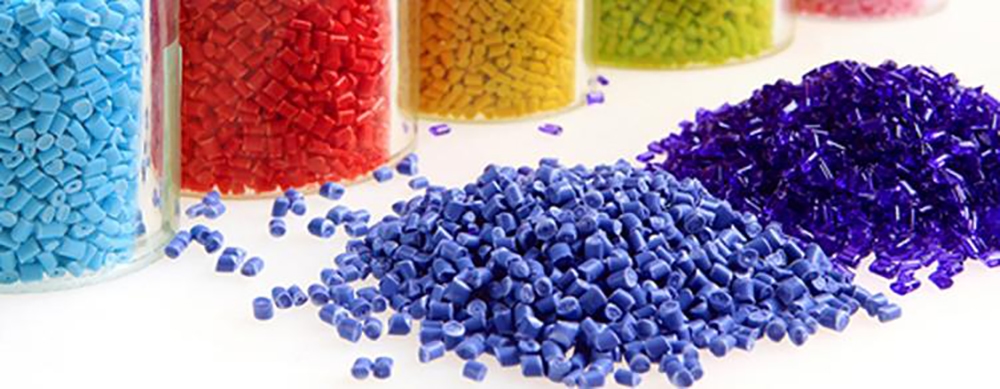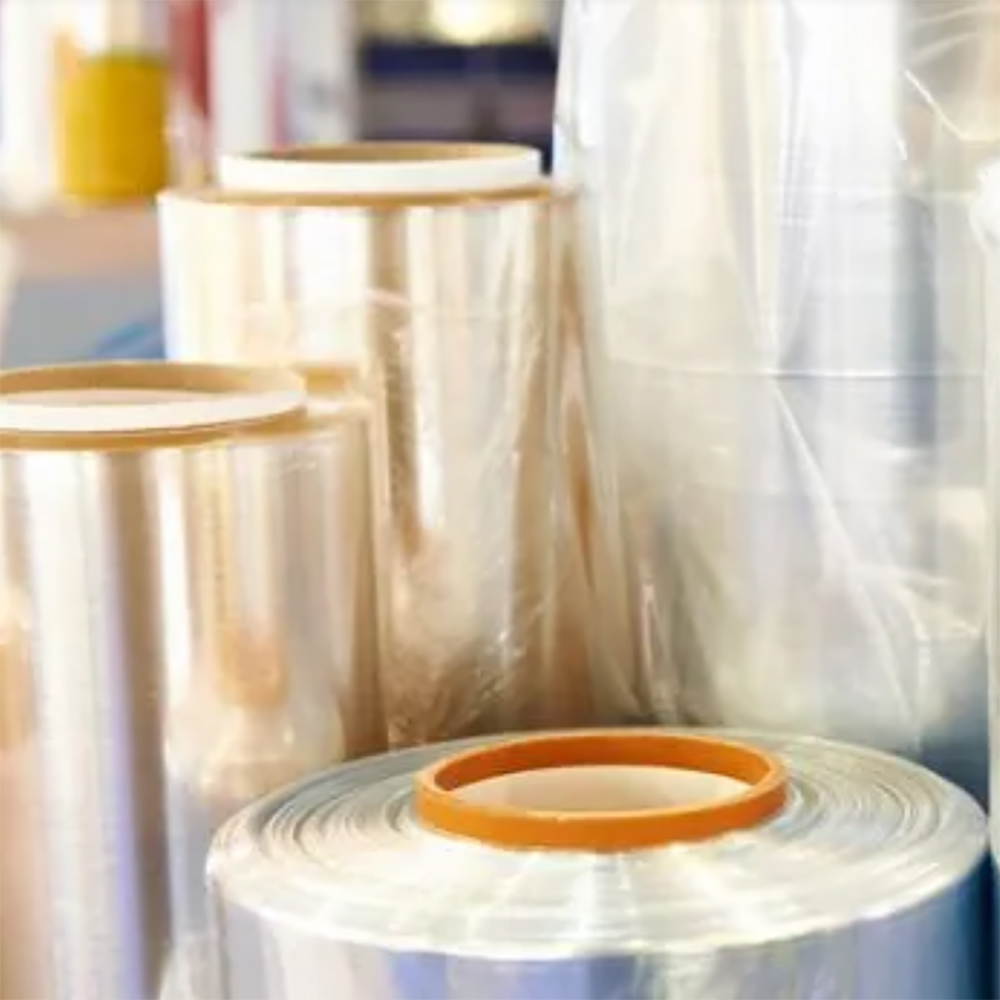
What Is an Infrared IR Masterbatch?
An infrared IR masterbatch is a concentrated blend of special additives combined with a base polymer to give plastic materials unique infrared properties. Depending on the formulation, IR masterbatches can absorb, reflect, or transmit infrared radiation.



